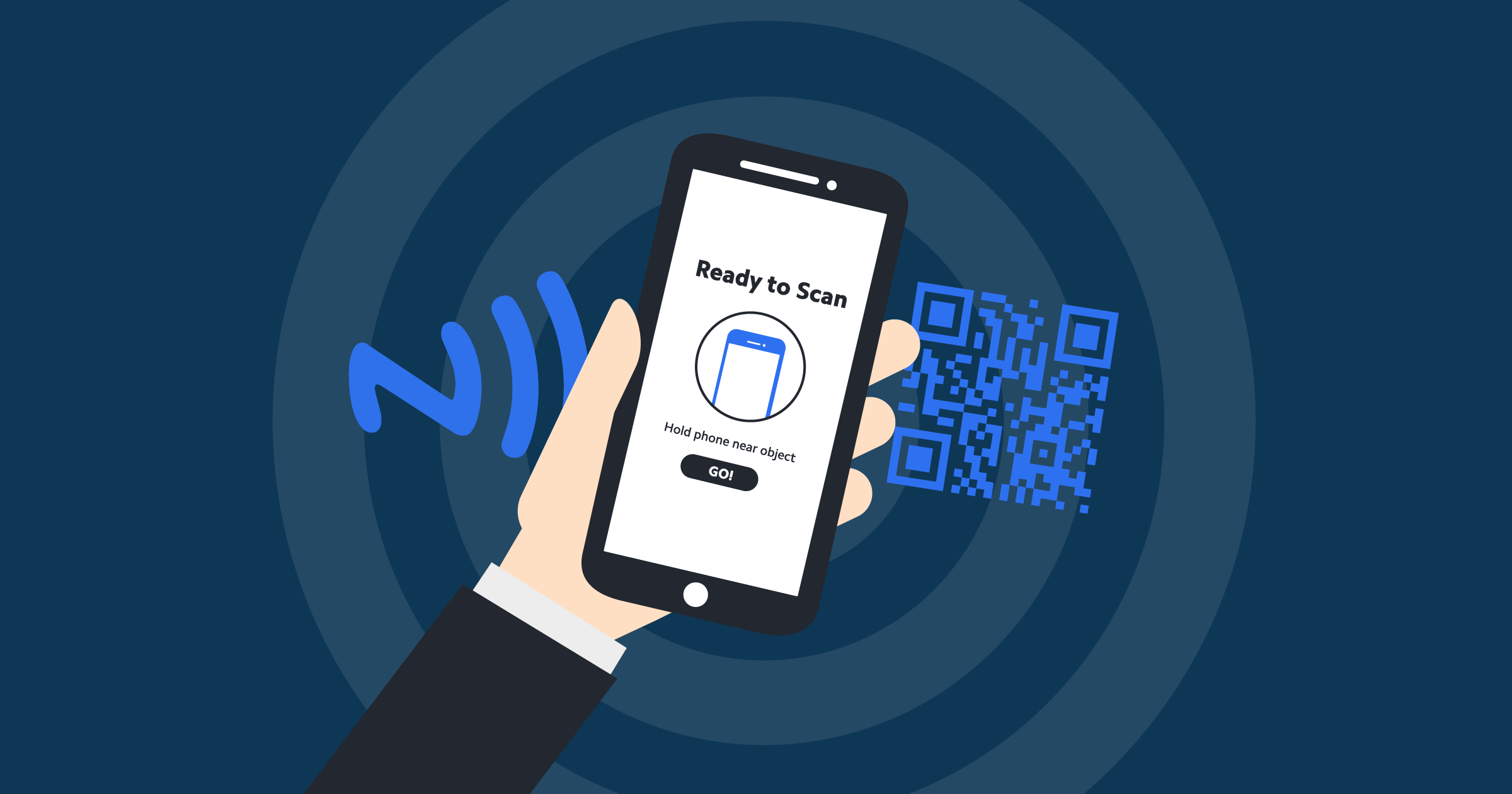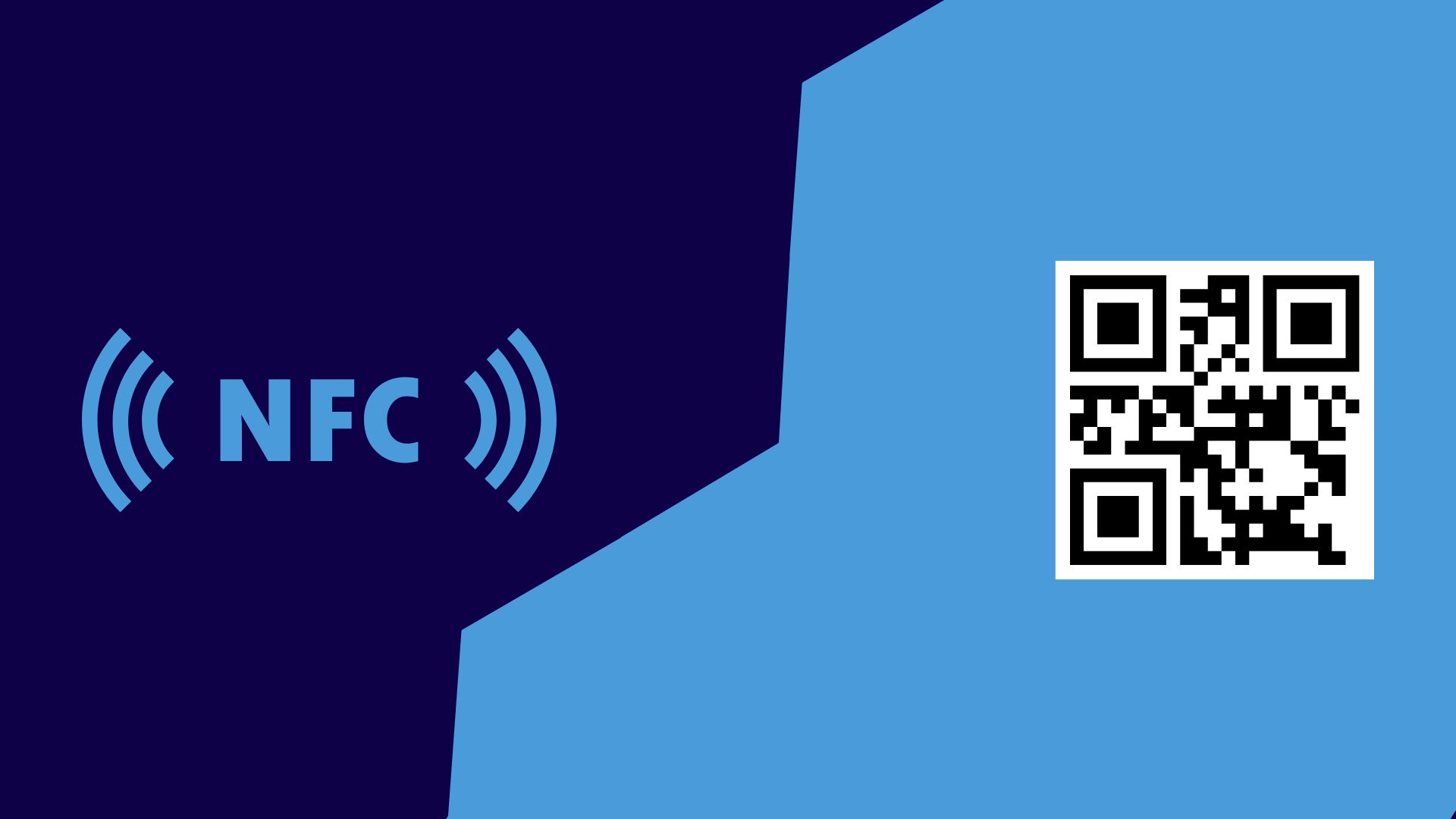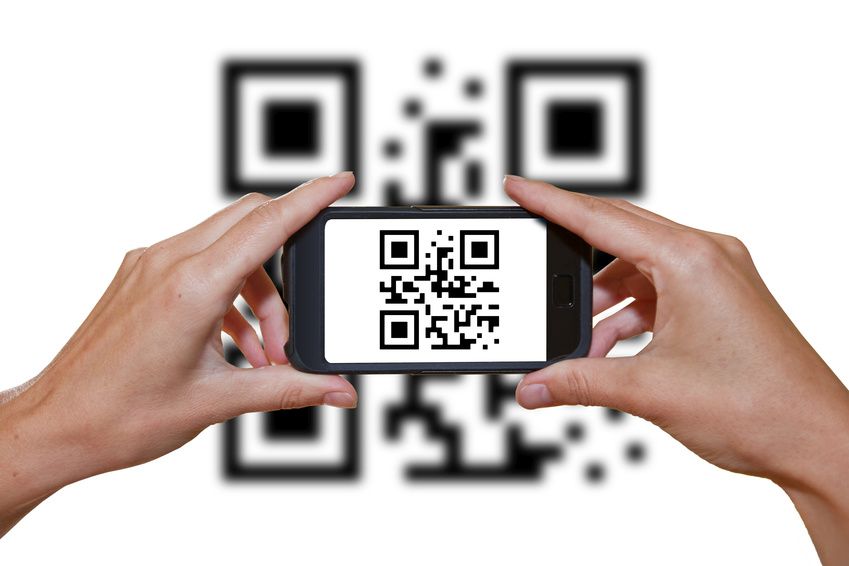Although adoption is still in its early stages in Africa, some public transport operators have begun implementing contactless payments to streamline the fare collection process.
By Michael Akuchie
Public transport is a fundamental human necessity, much like food, shelter, and clothing. Unlike walking, it is a far more efficient means of movement. Public transport services, such as buses and trains, are two common ways for people to commute from one place to another.
In Africa, people from all walks of life rely on public transport primarily because it is more accessible and cheaper than privately operated mobility services. In Lagos, one of Sub-Saharan Africa’s fastest-growing cities, around 12 million people use the public transport system daily. In Kenya’s capital, Nairobi, 5.3 million people depend on the 22,000 colourfully decorated buses, commonly known as Matatus, which operate in the public transport sector.
Unless a service is designated as free, commuters must pay before boarding a bus or train. The mode of fare collection varies among operators. In some cases, cash is still used to purchase tickets, while others have adopted an online ticketing system.

While public transport systems in continents such as Europe and Asia have begun digitising the fare collection process, many transport operators in Africa still rely on cash, an informal payment method.
Africa’s dependence on cash is a deeply rooted issue that has persisted despite the introduction of modern payment solutions such as debit cards and bank transfers. Due to rapid urbanisation and a growing population, the demand for accessible transport has steadily increased across the continent.
Although mass transit buses in the formal transport sector, such as the BRT Line in Lagos, offer greater comfort with modern features like air conditioning and handrails, they are insufficient to meet the soaring demand. As a result, long queues form at the terminals.
As an alternative, many Africans prefer informal transport options, including tricycles, motorbikes, and minibuses, which are known by different names depending on the location. In Lagos, they are called Danfo, while in Nairobi, they are known as Matatu. This preference is largely due to the ease of flagging down a minibus at a bus stop rather than waiting for hours for a mass transit bus to arrive.
Although limited data exists on the current percentage of Africans using informal transport, figures from around 2019 and 2020 suggest that approximately 80% of residents in some African cities rely on minibuses and motorbike taxis.
While informal transport operators have emerged as a viable alternative for many Africans, they continue to insist on cash payments rather than accepting bank transfers or QR code scans.
Aside from being highly inconvenient for travellers—who often have to board with the exact fare or risk arguments over change—this reliance on cash undermines both local and international efforts to reduce cash dependency and promote contactless payments.
Tech Target defines a contactless payment as “a wireless financial transaction in which the customer makes a purchase by moving a security token in close proximity to the vendor’s point-of-sale (POS) reader”.

With contactless payments, neither bus operators nor commuters need cash, as payments can be made by scanning a barcode printed on the bus (QR code), tapping a card on a computer screen (NFC), or using various other methods such as Apple Pay and Samsung Pay.
Although adoption is still in its early stages in Africa, some public transport operators have begun implementing contactless payments to streamline the fare collection process. In Lagos, the Lagos Metropolitan Area Transport Authority (LAMATA) partnered with Touch and Pay (TAP) to introduce a payment system that allows travellers to pay their fares using NFC technology.
By using Cowry Cards, a creation of TAP, Lagosians can now board buses in the BRT system without worrying about cash. This payment method also applies to train and ferry rides. As of last year, TAP had processed 500,000 daily transactions using NFC technology.
In South Africa, Loop, a shared shuttle transport service provider, operates a Chat-To-Pay feature thanks to a collaboration with payments giant VISA. To use this service, commuters simply scan the taxi driver’s QR code on WhatsApp, select a fare amount, and pay using their secure Loop transport wallets.
Adopting contactless payments such as QR codes and NFC technology can play a significant role in formalising Africa’s transport sector. It eliminates the risk of bus drivers receiving counterfeit currency and, by reducing cash handling, allows commuters to enjoy faster boarding times, as contactless payments are notably quicker than cash-based transactions.
It also gives public transport operators a better chance of tracking their revenue. Unlike cash-based payments, contactless transactions reflect on the company’s balance in real time upon confirmation, making it more difficult for drivers to embezzle part of the proceeds.
While there are notable advantages to using contactless payments, African countries considering adoption should also be aware of the associated risks. Since these payment systems rely on stable internet connectivity, governments should collaborate with telecom operators to improve network speed.
Moreover, the smartphones required to scan QR codes on buses are becoming increasingly inaccessible due to inflation. Implementing better monetary policies could help stabilise exchange rates and make smartphones more affordable. Additionally, African countries can take inspiration from Kenya by encouraging local smartphone production.

Public transport operators should be mindful of cybersecurity risks, such as data breaches. In today’s tech-driven world, data is invaluable, and hackers are well aware of this. Stealing millions of personal records to sell on the dark web is a common practice among cybercriminals. If such an incident were to occur, it would not only compromise commuters’ data but could also undermine trust in contactless payments.
To increase the chances of success for contactless payments, stakeholders should focus on improving internet connectivity while also considering domestic smartphone production to make these devices more accessible to consumers.
Public awareness is key to adoption, so bus operators should educate commuters on the benefits of digital payments and why they should make the switch. However, this may be challenging given the strong influence of the informal transport sector As such, making more buses available in the formal sector should go a long way in giving travellers a reason to switch sides.
Africa’s public transport sector serves millions of people daily, making it a critical infrastructure that should be improved to meet global standards. Adopting contactless payments is a significant step towards formalising transport for commuters and reducing cash dependency. It is a win-win situation, provided the associated risks are effectively managed.
Michael Akuchie is a tech journalist with four years of experience covering cybersecurity, AI, automotive trends, and startups. He reads human-angle stories in his spare time. He’s on X (fka Twitter) as @Michael_Akuchie & michael_akuchie on Instagram.




